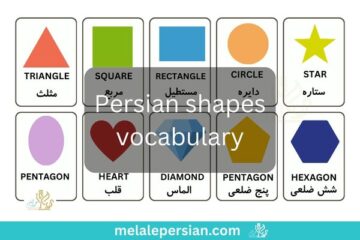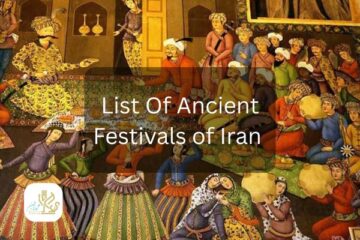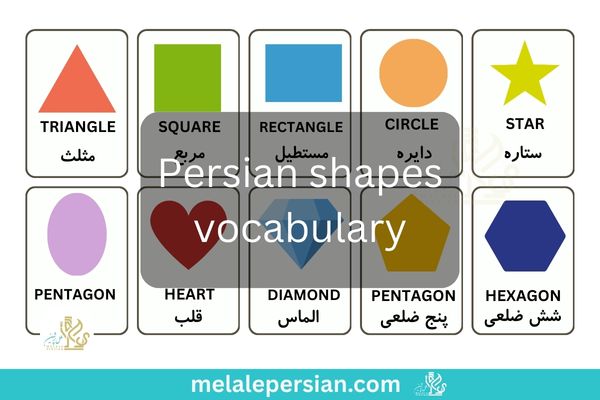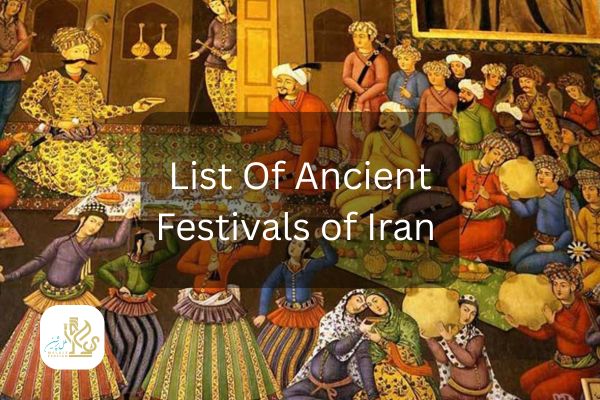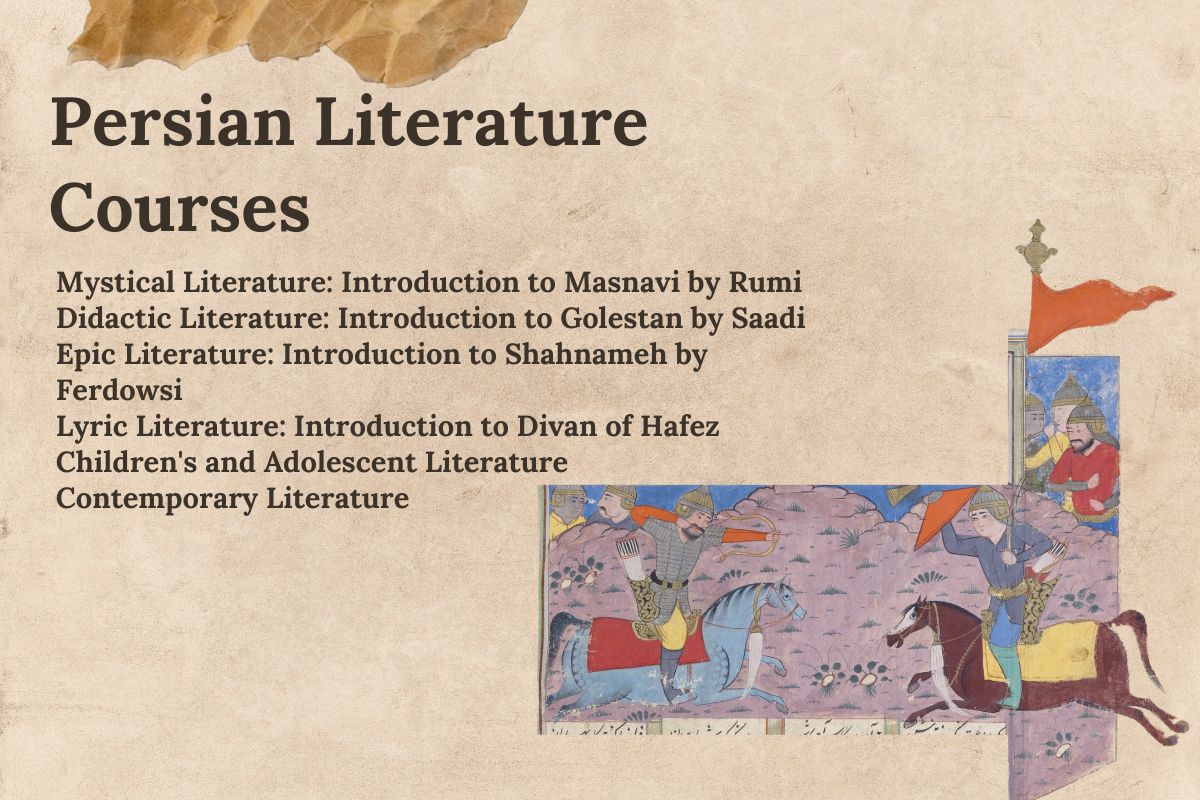The historic and dugout village of Maymand is located to the east of Babak city in the North western part of Kerman Province in Iran. This village is located in the southern foot of the dormant volcano of Masahim. This village has been dug out on five levels and contains 400 residential dwellings. The overall local location of Maymand is rather mountainous, but the surrounding plains are semi-dry. The exact date on which the village was founded is rather unclear but the nearby city of Babak was established during the Sassanid Dynasty. (224 AD- 651 AD)
The archeological digs in Maymand date back to the Parthian period (247BC-224AD). Furthermore, the pottery found in Maymand bears a great resemblance to the pottery of the Sassanid era, but the patterns found on the rocks around Maymand indicate that life existed 10,000 years before Christ in this region. This village has been forged at the edges of a shallow valley and it has a length of one kilometer. The original architecture of this village has in fact been made using the negative spaces in the heart of the rocks and has the necessary ingredients for the cultural needs, necessary for the life of the people of Maymand. In addition to the connecting roads throughout the village, there are pathways formed to lead the way the surface water when it rains. These passageways are called “Kashgar”. In general, the formation has been completed in five different stages. Each stage is distinguished based on the architectural features of the respective era. Due to the heavy migration of most of the villagers to the cities, near and far, a lot of these dugouts have been left abandoned, Intern leaving a large portion of the village devoid of population. The word Maymand is a combination of May, wine, and Mand, being drunk on the sweet elixir of life. One might imagine that for years in the past people would carve these stones merrily, drinking wine. In a way that we, the people of today, would not even be able to imagine such strength and perseverance it took on their part to do so. Indeed, how does a human being find the courage and strong motivation to strike into the heart of the mountains over and over again to create a safe haven in the arms of Mother Nature after having lived for thousands of years living at the bottom of the mountains and in deep caves? That might quite be the reasoning behind the thought that these people while creating such a place were under the joyous influence of wine. Creating a haven that embraces them and gives them peace of mind requires steadfast patience, as steady as the mountains under which they stood. In the sweet tone of their voice, you can see the simplicity and purity similar to none which is a testament to their pure soul and their serenity.
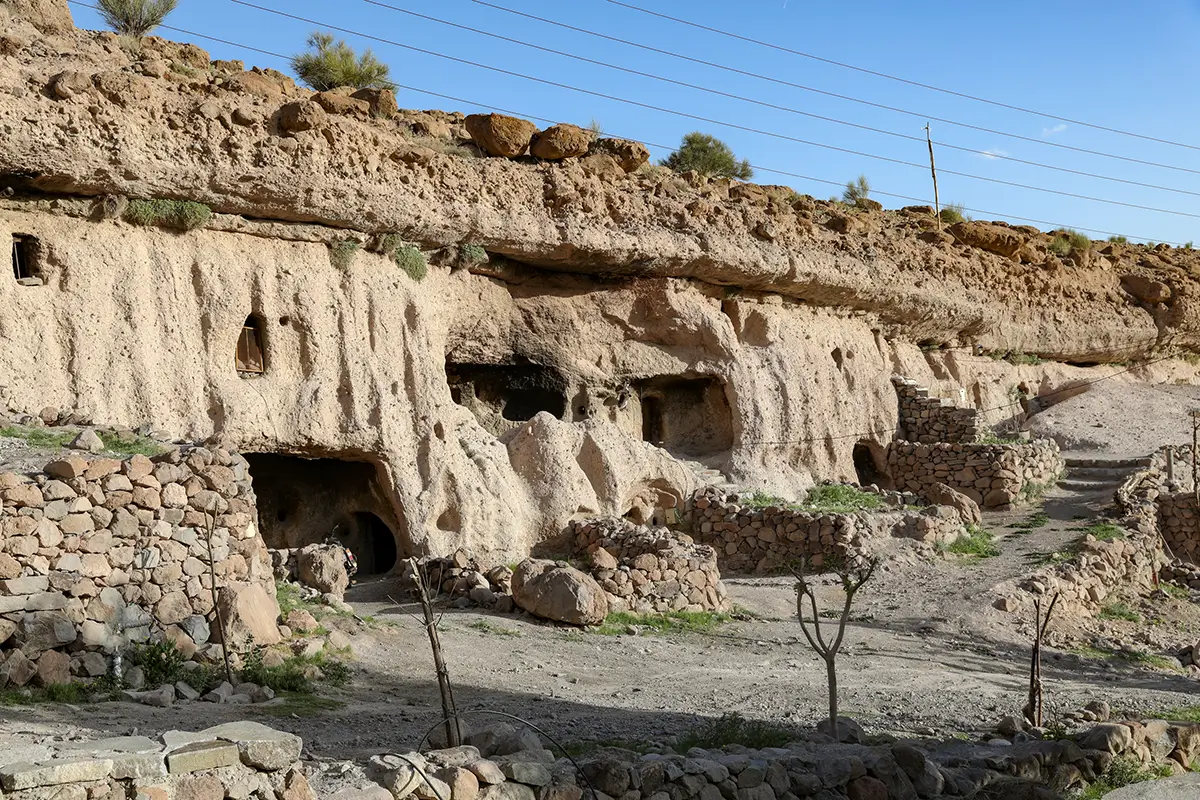
The first experience in Maymand is timelessness. Silent encompasses the night over the kitsch; the flat spaces on the slope of the mountains to get to the desired height in order to create the dugouts. Where it becomes possible to crawl into the heart of the labyrinth. The short entrance from the outside world to the entrance is a door. A door that gets you through, effortlessly and immediately. In there in the heart of the mountain the center of the matter through nature it’s as if time stops and an infinite silence reaches through the stone and touches the man. Now we get a chance to think and how amazing it is that not a single thought crosses our minds. The feeling of becoming one with the body of the mountain takes you away from yourself and connects you to nature. Mother Nature encompasses you and you find tranquility in its warm embrace. You cannot find the smallest opening not even a ray of light; “Didan”, the stoves underground that were used for heating, lighting the space, and cooking. The center of the kitsch is the exact place where the fire is built. How poetic the light is that rises from within illuminating you who have become one with yourself.
The kitsches are places of serenity. It’s as close as one can get to the true meaning of home in these places. Comfort under a roof made of stone; one with the wall and the floor. All the elements united giving you a feeling of being in the womb. If you listen closely you can still hear the sound of the pickax on the stones. The shape of every tour is distinguished on every wall. The place where people used to gather, the place for the Shisha, place of the Tar, have all been carefully carved in the Stone. The soot-covered walls tell a thousand year old tale of a fire burning bright giving warmth and sight to the people of Maymand. The same people who are used to sitting around the fire rejoicing in the warmth and harmony. The suit itself has contributed to the preservation of the rocks around these kitsches. Everything is untouched even the wooden door of the kitsch, Conjoined together with the pallets and the tongue, and with a key-like apparatus( Wooden tool placed in the wall next to the door, an L-shaped wooden key that holds the tongue behind the door and prevents the door from opening. The short length of the house openings while pointing to the small stature of the people of Maymand, tell the tale of very cold winters. Summer is the time that brings mobility. It’s the time for migration. The people of Maymand blend in with nature. They shine bright like the sun they move smoothly like the rivers throughout the villages. (Villages around them Maymand in which people lived during the summer, where there are agricultural opportunities and gardening in the plains.) The plants bring the promise of new life. A refreshing change after a long time of seclusion in the caves. The reward for their patients during the cold months of winter is fruitful grapevines and blackberries. Where you can easily build a home. The Gambehs (an architectural structure around the settlements of Maymand with a 180 cm high stone wall and a wooden roof) with a short stone wall, has a roof made of twigs, thorns, and straws.
Simplicity is one of the prominent architectural features of the ancient Canvas. The real beauty you will find here is pristine nature. No ornaments, no further addendum to taint the originality.
Moving livestock is what distinguishes the nomadic people of Maymand from others. Animals live in the Barnes, and human beings are on the move alone. The Barnes made of stone and wood are located in the southern part of the plains by the River. The natives move to this location during the breeding season of the animals. The rest of the time a group stays behind with the cattle. This is the time for animal husbandry. While others are gardeners and farmers in the villages and creators of handicrafts in the dugouts.
Life in Maymand is the product of transitions. From the cold season till the warm, from the heart of the mountain to the middle of the Plains, Leaving everything behind and moving. Getting everything you can out of a single moment. Tools are only used when absolutely necessary to meet the needs of people. This kind of life is only possible for mountain people. Positions are an impediment to movement. Being on the move means giving in to the moment, not the time. That is how it comes to be in no time. People of Maymand Hone their adapting skills at all times, becoming one with nature. At any given time they take what they need from nature and using the tools they build their homes. The structures or alive they change with the seasons and with modifications made by humans they get back to serving their original purpose. Stone walls are rearranged. The house is by the government sound to the stature of human beings getting lighter with heat and thicker with cold. Much like the cool summer huts of the village and the handmade dugouts of the cold.
The dwellings have been cold and empty for a while now. There is no need to meet face-to-face with your family or gather around the hot fire. The family has grown small. Different generations have moved apart. Younger generations have moved to the cities; their migration has taken so long. They have limited their presence to very short visits a year. The crooked backs and the wrinkled faces of the elders in Maymand tell the tale of all the hardships of their generation. They have paid a hefty price to keep their families together. Their eyesight grow dimmer and dimmer as they stare into the distance waiting for their loved ones to return. The footsteps that the villagers have left on the outer layer of the dugouts are the remainders of their escape to higher planes to escape the attack of wild animals and their past enemies. Today the biggest threat against the life of these tribes is urban life of which there is no escape to hire planes. The younger generation of Maymand prefer Living in the suburbs of the city to the hardships of the village; therefore the village suffers. This is the beginning of the end of the thousand year old story of life in Maymand. The sharp eyes of the tourists though have not failed to see the beauty and uniqueness of Maymand. What stands out more than anything to the eyes of it the tourists, even more than the lifestyle and the identity of its people, is the stone-based architecture, the type of construction, and the way the spatial relations dominate the architecture of the village. Such attention and attraction can save the body of Maymand, but unfortunately not the soul. The life of the people of Maymand is gradually undergoing modern changes which the visiting tourist salsa contribute to. The benefits of using urban facilities and modern lifestyle are transforming the natives and as time goes by the authenticity is replaced by showboating for the tourists in order to preserve the industry. The enthusiasm for the migration during the spring and going to the Barnes has been replaced by jadedness. The natives do not feel the necessity to endure such difficult conditions anymore. Intern it is not hard to imagine a dry and barren future for the trees in the settlements.
Maymand, a safe haven, a lush green meadow, a pristine pasture, Where the time stood still and the sky blew kisses down to the earth, A place in which the dwellers have chosen transcendence over possession for thousands and thousands of years has become quiet today. Awaiting a future to reconcile with its past.




